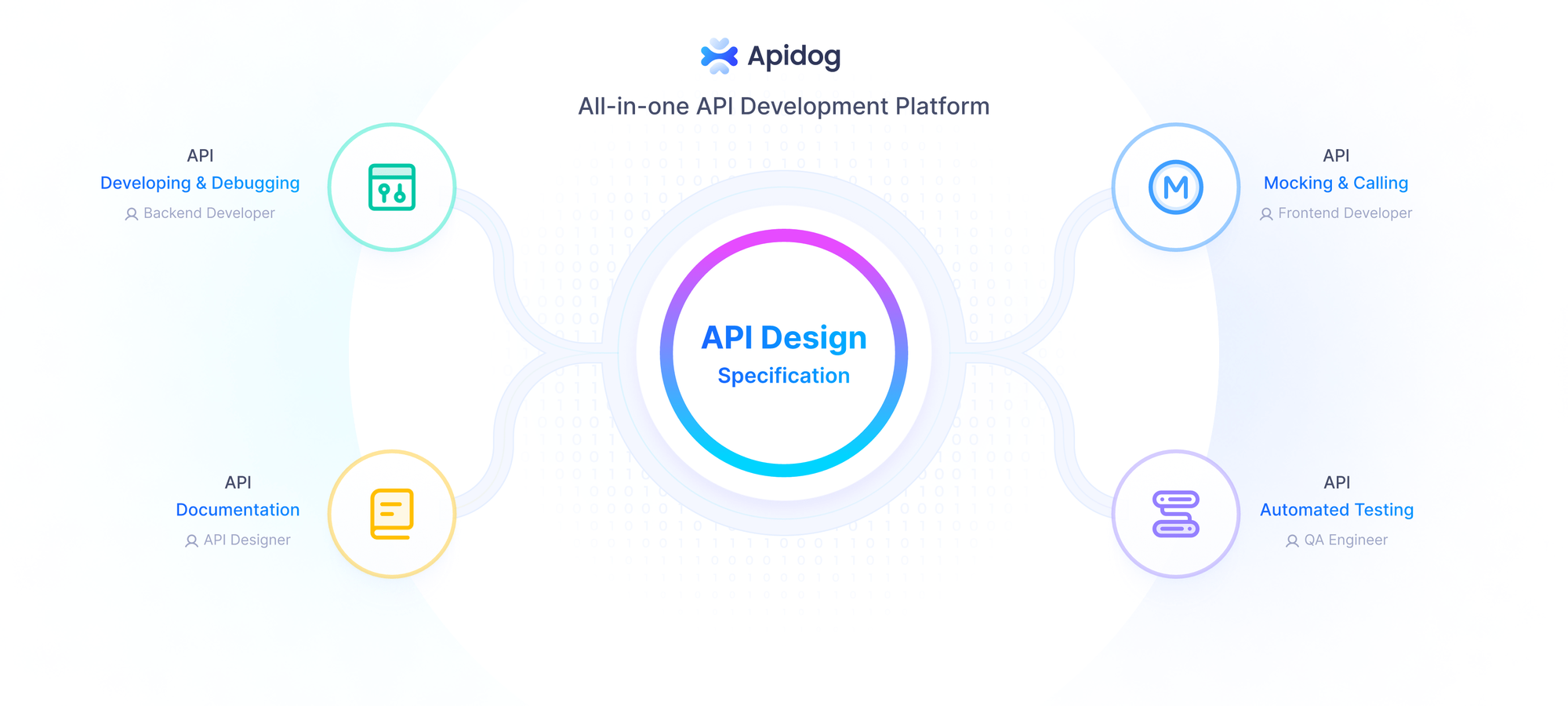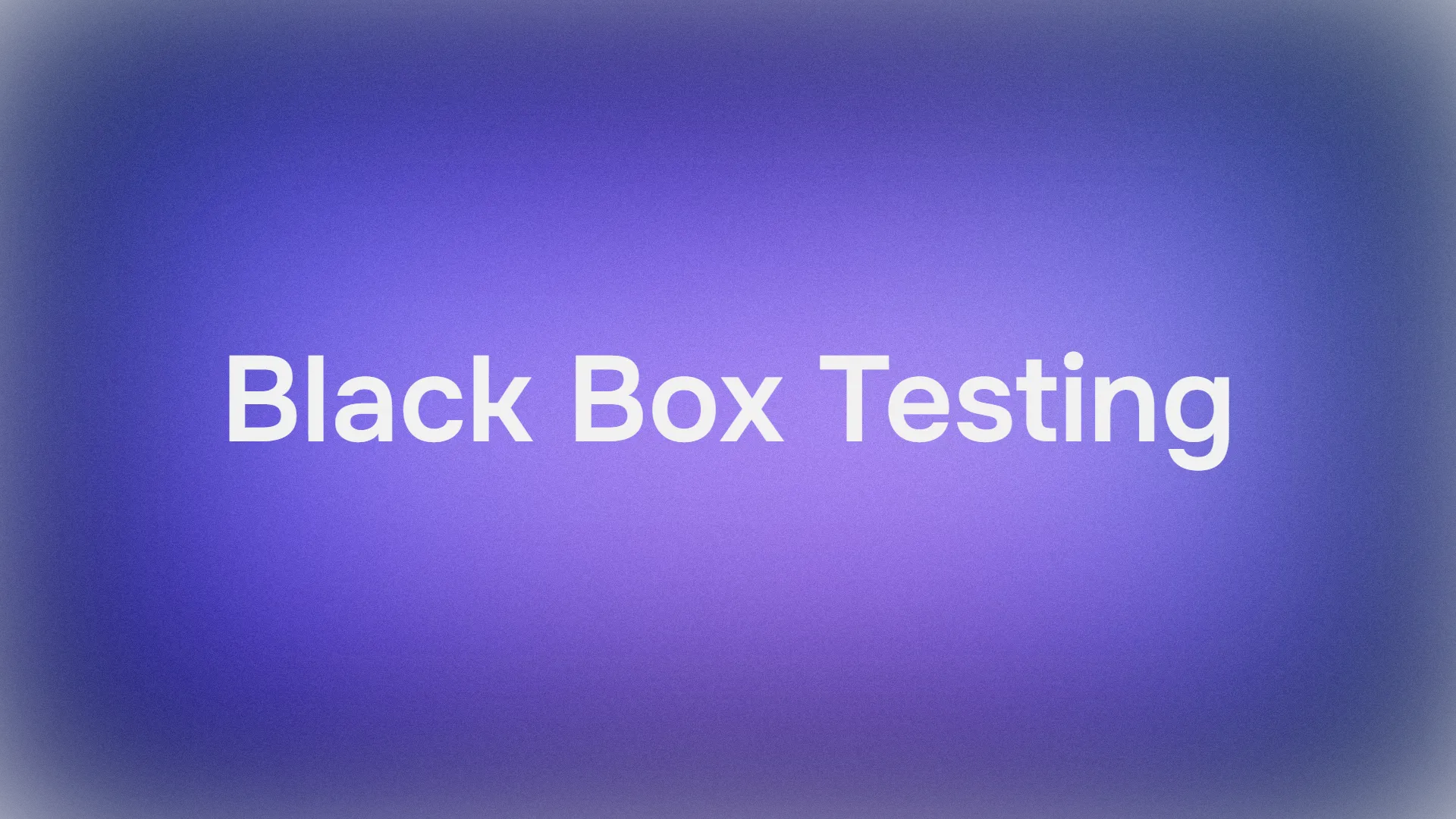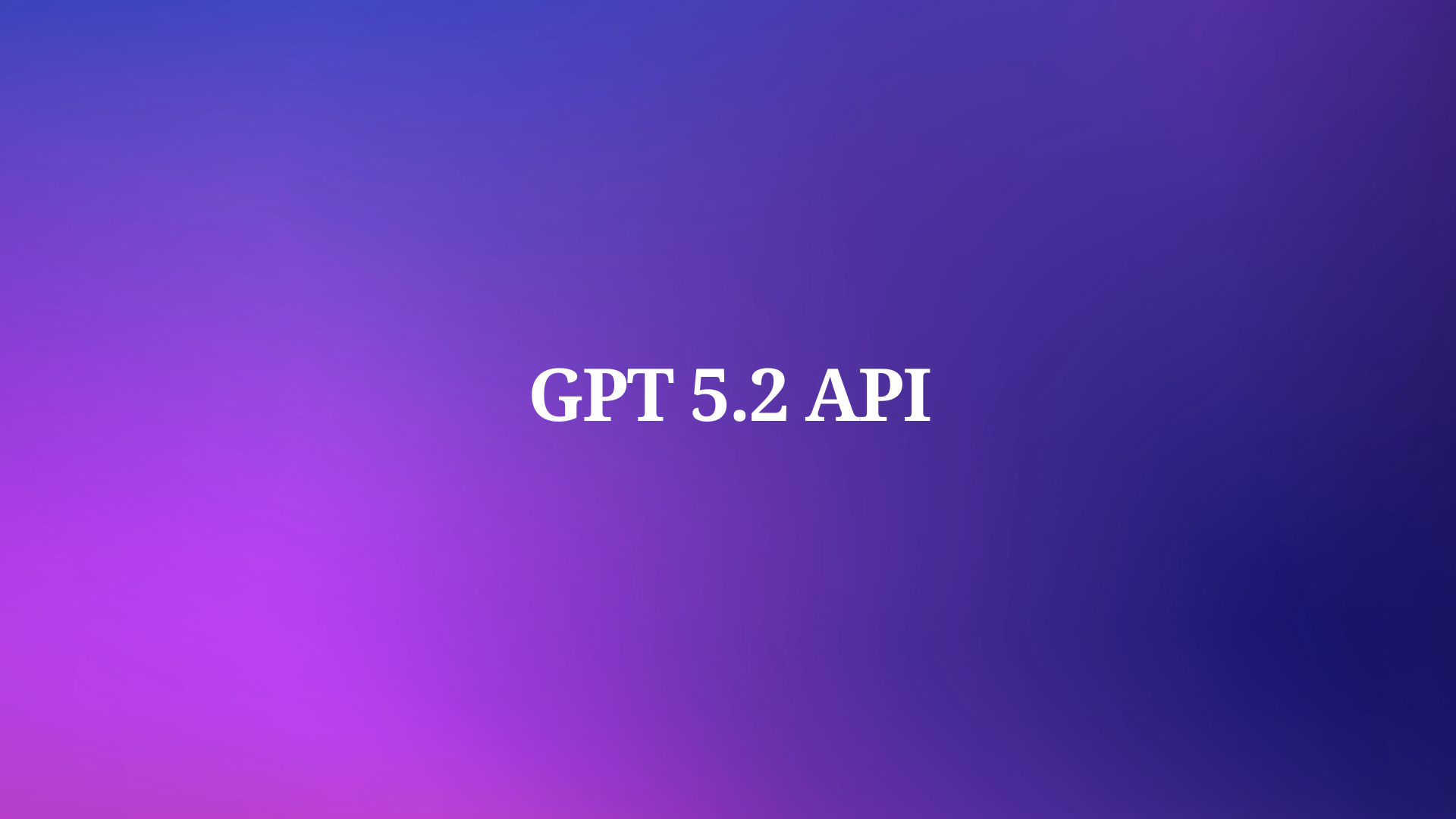Google Jules is transforming the coding landscape by automating repetitive tasks and empowering developers to focus on innovation. This asynchronous AI coding agent integrates seamlessly with GitHub, tackling everything from bug fixes to test writing with minimal input. If you’re new to AI-driven development tools, this guide provides a step-by-step walkthrough to harness Google Jules effectively.
What is Google Jules?
Google Jules is an AI-powered coding assistant that operates asynchronously to handle development tasks autonomously. Unlike traditional code editors or real-time assistants, Google Jules works in the background, cloning your GitHub repository into a secure cloud environment and executing tasks like bug fixing, version updates, or test generation. Built on the Gemini 2.5 Pro model, it analyzes codebases, understands context, and delivers actionable changes via pull requests.
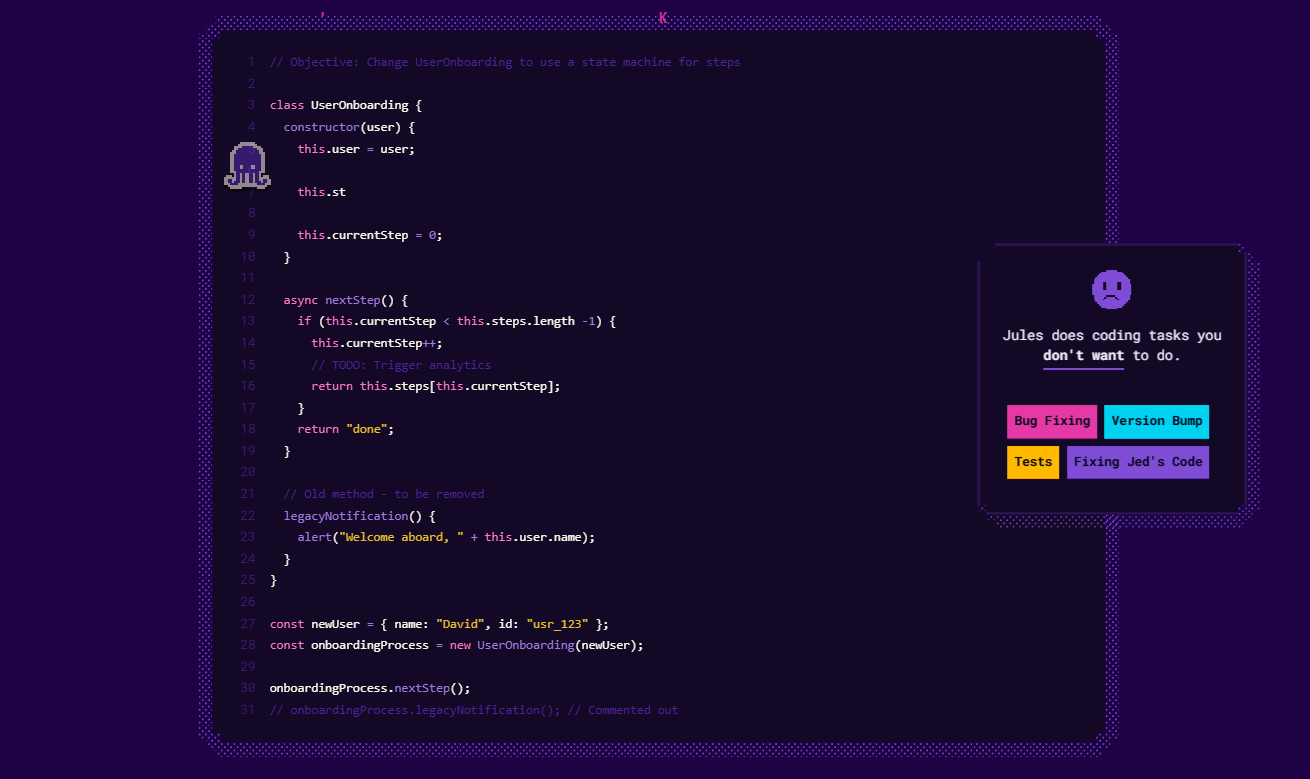
This tool is ideal for developers seeking to offload routine work. Whether you’re maintaining a small project or managing a complex application, Google Jules adapts to your needs, making it a must-have for modern coding workflows.
Why Choose Google Jules?
Before exploring the setup process, let’s examine why Google Jules stands out:
- Automation Efficiency: Google Jules tackles repetitive tasks, saving you hours of manual effort.
- Code Quality Boost: It generates tests and fixes bugs, reducing errors and enhancing reliability.
- GitHub Sync: It integrates directly with GitHub, creating pull requests for easy review and merging.
- Hands-Off Operation: Assign a task, and Google Jules completes it while you work elsewhere.
With these advantages in mind, let’s move on to setting up Google Jules for your projects.
Setting Up Google Jules
To start using Google Jules, you’ll need to link it to your GitHub account and configure your repositories. Follow these technical steps to get up and running.
Step 1: Sign In with Google
First, visit the Google Jules website and log in with your Google account. If you don’t have one, create it beforehand. After signing in, accept the privacy notice—a quick, one-time step to proceed.
Step 2: Link Your GitHub Account
Next, connect Google Jules to your GitHub account. Click the “Connect to GitHub account” button and follow the authentication flow. You’ll decide whether to grant access to all repositories or specific ones. Once completed, Google Jules redirects you to its dashboard.
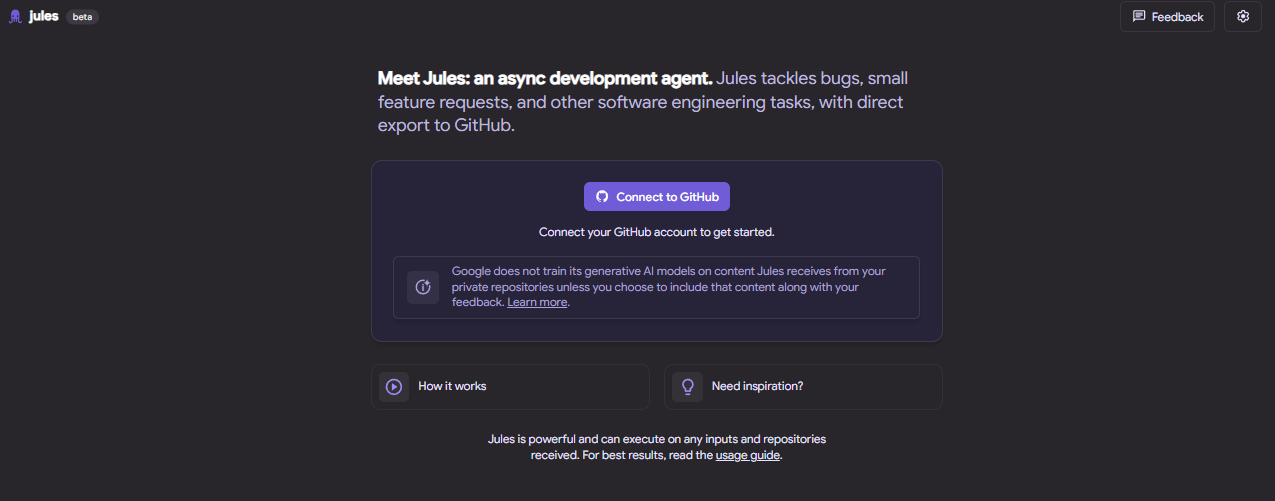
Step 3: Choose Repository and Branch
Then, select your target repository from the dashboard’s repository selector. Pick the branch you want Google Jules to modify—typically the main branch by default, though you can switch to another. This step ensures Google Jules targets the correct codebase.
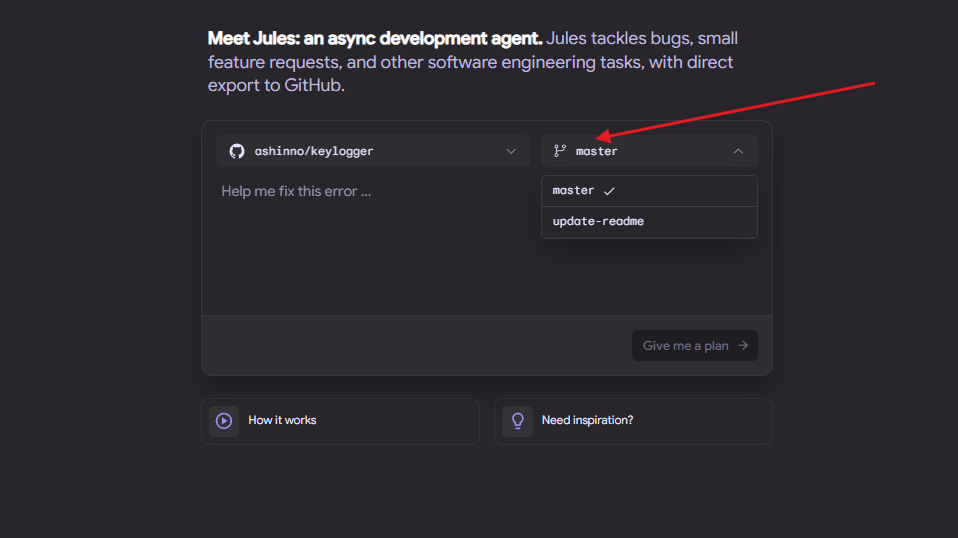
After these steps, your setup is complete, and you’re ready to assign tasks.
Assigning Tasks to Google Jules
Google Jules thrives on clear instructions to execute coding tasks efficiently. Here’s how to assign work to this AI agent.
Method 1: Crafting a Prompt
In the Google Jules dashboard, locate the prompt input field. Write a detailed task description, such as:
- “Resolve the null pointer error in the
auth.jsfile’s login function.” - “Upgrade the project to React 18 and update dependencies.”
- “Create unit tests for the
mathUtils.jsmodule.”
Submit the prompt by clicking the “Submit” button. Precision matters—specific prompts yield better results.
Method 2: GitHub Issue Integration (Future Feature)
Soon, Google Jules will support task assignment via GitHub issues. By labeling an issue with “assign-to-jules,” you’ll trigger Google Jules to take over. This feature, still in development, promises tighter workflow integration.
How Google Jules Operates
Once you assign a task, Google Jules springs into action. Here’s a technical breakdown of its process:
- Cloning the Repository: Google Jules clones your repository and branch into a Google Cloud VM, isolating your code for security.
- Planning the Task: Using Gemini 2.5 Pro, it parses your prompt, devises a step-by-step plan, and identifies relevant files.
- Making Changes: It edits code—adding, modifying, or deleting lines as needed to complete the task.
- Validating Output: Google Jules runs available tests to confirm its changes don’t break functionality.
- Showing the Diff: It presents a diff of all modifications for your review within the dashboard.
- Generating a Pull Request: Upon approval, it creates a GitHub pull request with a detailed change summary.
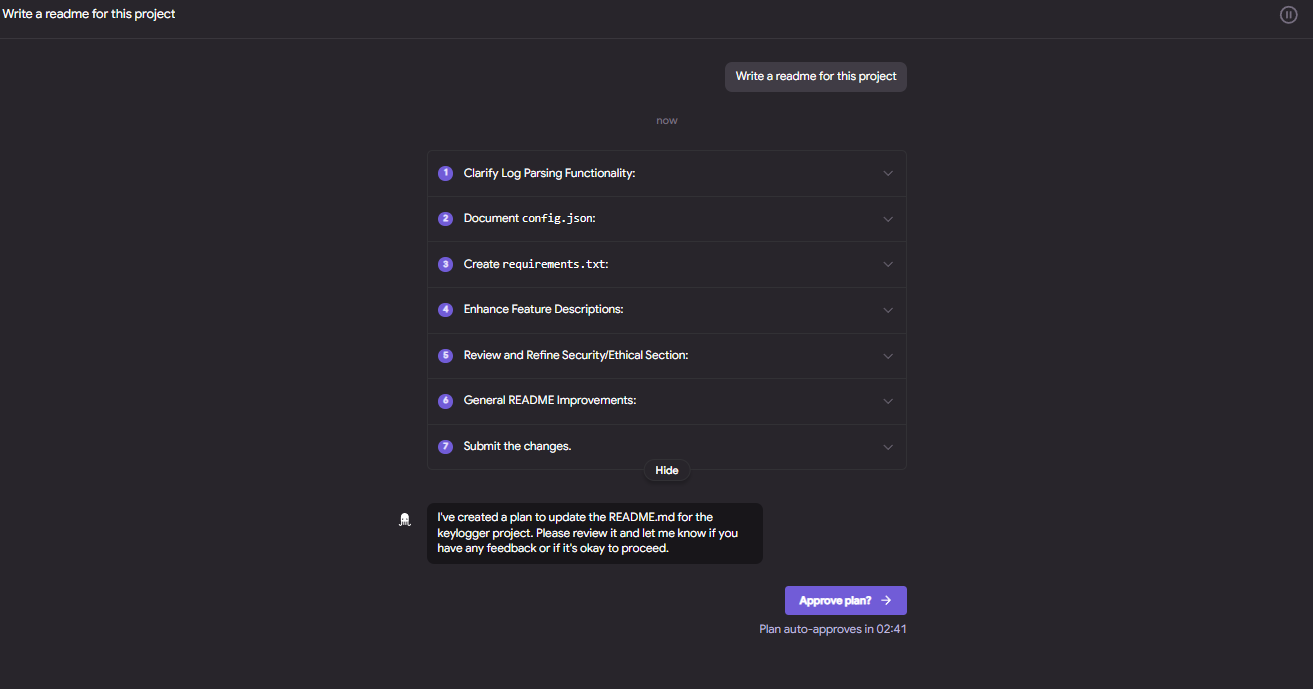
This asynchronous process lets you multitask while Google Jules works, notifying you when it’s done or needs clarification.
Reviewing and Merging Changes
After Google Jules finishes, you must review its work before integration. Here’s how to handle this phase:
- Examine the Diff: Check the dashboard’s diff view to inspect changes line-by-line. Ensure they meet your standards.
- Test the Code: Run your project’s test suite to validate functionality. Google Jules may test some aspects, but manual verification adds certainty.
- Approve the PR: If satisfied, instruct Google Jules to create a pull request. It generates one automatically on GitHub.
- Merge with Confidence: Review the PR on GitHub, make adjustments if needed, and merge it into your branch.
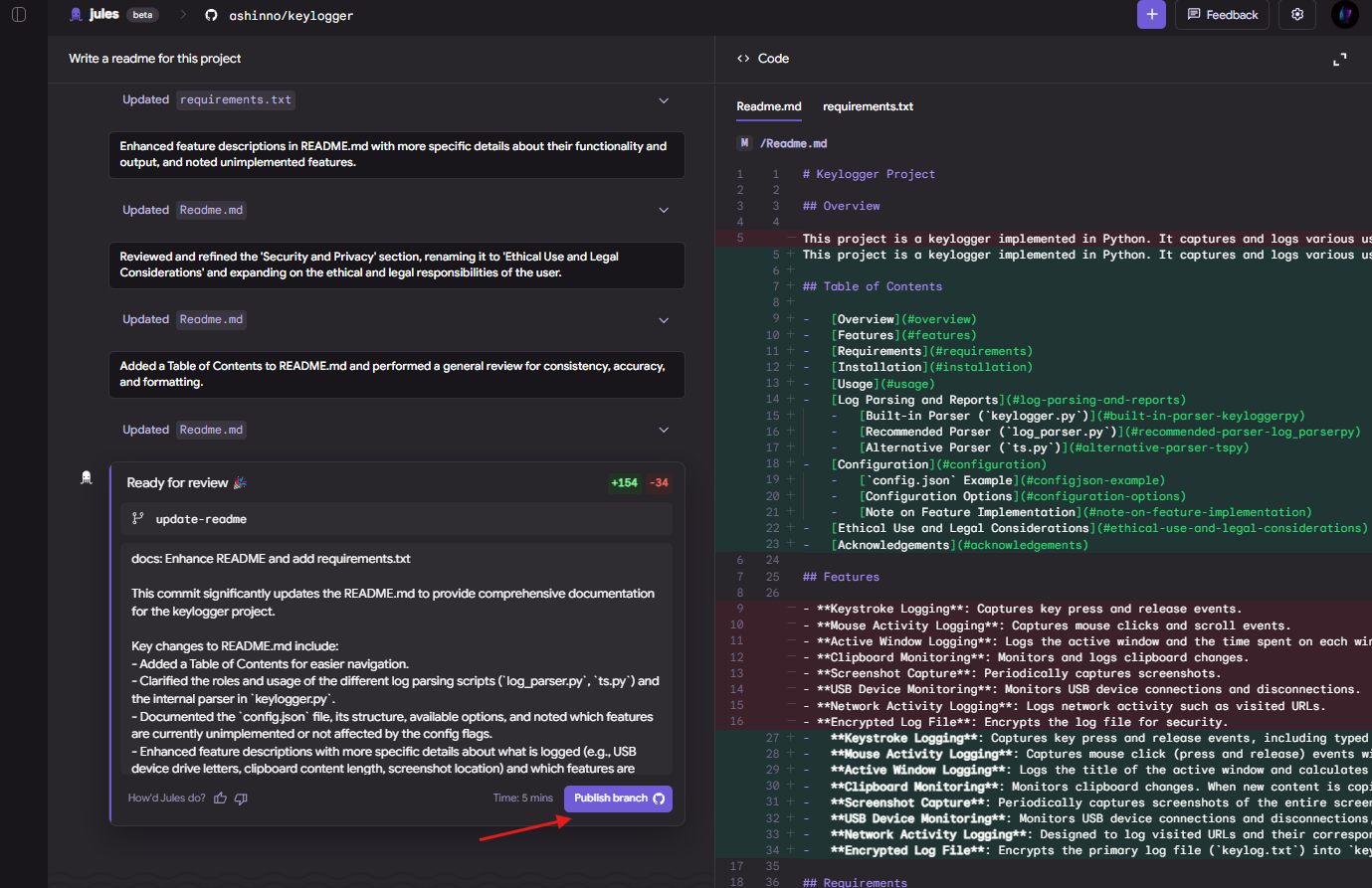
This workflow keeps you in control while leveraging Google Jules’ automation.
Key Benefits of Google Jules
With setup and usage covered, let’s highlight the technical advantages Google Jules brings to your projects:
- Productivity Surge: Automating mundane tasks accelerates development timelines.
- Error Reduction: AI-driven fixes and tests minimize bugs and oversights.
- Scalable Workflow: Handle small scripts or large applications with equal ease.
- Learning Opportunity: Reviewing Google Jules’ changes offers insights into better coding practices.
These benefits position Google Jules as a powerful ally for developers of all levels.
Practical Examples of Google Jules Tasks
To illustrate its capabilities, consider these tasks Google Jules can execute:
- Bug Fixing: Correct a race condition in a multi-threaded script by adjusting lock mechanisms.
- Dependency Updates: Migrate a Python project from Flask 2.0 to 2.3, updating
requirements.txt. - Test Writing: Generate Jest tests for a React component’s event handlers.
- Code Refactoring: Optimize a nested loop in a sorting algorithm for better performance.
- Feature Addition: Build a REST API endpoint to fetch user data from a database.
These examples showcase Google Jules’ versatility across coding scenarios.
Limitations to Understand
Despite its strengths, Google Jules has constraints to consider during its beta phase:
- Task Limits: You’re capped at five tasks daily, which may limit heavy usage.
- Prompt Dependency: Vague prompts can lead to misaligned outputs, requiring refinement.
- Beta Quirks: Occasional bugs or downtime may disrupt workflows.
- Context Constraints: Large files (over 768,000 tokens) may exceed its processing capacity.
Acknowledging these factors ensures you use Google Jules effectively within its current scope.
Best Practices for Success
Maximize Google Jules with these technical tips:
- Detail Your Prompts: Specify files, functions, and goals—e.g., “Fix the
dividefunction incalc.jsto handle division by zero.” - Verify Outputs: Always review diffs and test results to catch anomalies.
- Start Simple: Test Google Jules with minor fixes before tackling complex features.
- Enable Alerts: Turn on notifications to track task progress in real time.
- Use Audio Overviews: Listen to Google Jules’ audio summaries for quick change insights.
These practices streamline your experience and improve outcomes.
Expanding Your Workflow with Google Jules
As you grow comfortable with Google Jules, explore advanced applications. For instance, combine it with CI/CD pipelines to automate testing and deployment post-merge. Alternatively, use it for code reviews by having it suggest improvements to pull requests. The tool’s flexibility lets you tailor it to your team’s needs.
Additionally, integrate Google Jules with other tools. Pair it with Apidog for API-related tasks—while Google Jules builds endpoints, Apidog tests them. This synergy amplifies your efficiency across the development lifecycle.
Troubleshooting Common Issues
Occasionally, you might encounter hiccups. Here’s how to address them:
- Task Fails to Start: Check your internet connection and GitHub permissions.
- Unexpected Changes: Refine your prompt with more specifics and resubmit.
- PR Not Created: Ensure Google Jules has write access to your repository.
- Slow Performance: Large codebases may delay processing; split tasks if possible.
These fixes keep Google Jules running smoothly.
Future Potential of Google Jules
Looking ahead, Google Jules promises exciting updates. Enhanced GitHub issue integration, broader language support, and increased task limits could elevate its utility. As it exits beta, expect improved stability and features, making it a cornerstone of AI-assisted development.
Conclusion
Google Jules empowers developers by automating the tedious parts of coding, letting you focus on creativity and problem-solving. This guide has equipped you with the knowledge to set up, use, and optimize Google Jules for your projects. Start small, refine your prompts, and watch your productivity soar.
For a complete development toolkit, pair Google Jules with Apidog. Download Apidog for free to master your APIs while Google Jules handles your code.
